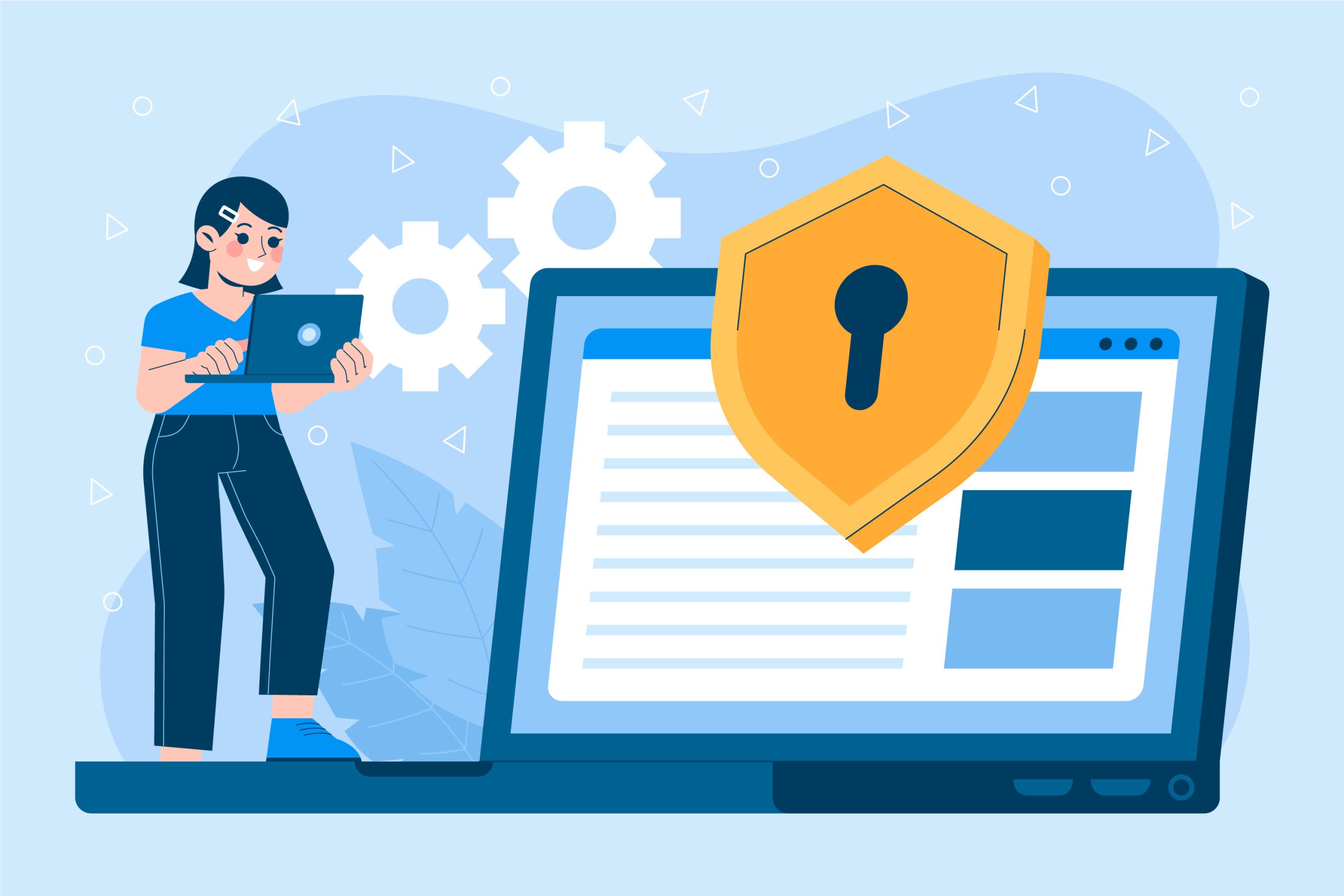Ensure on securing website is paramount to protect it from potential threats and vulnerabilities.
cPanel offers a range of security settings and tools that can help safeguard your site.
Table of Contents
Essential cPanel security settings to enhance on securing website
1. Enable SSL/TLS
SSL/TLS Certificates: Securing website with SSL/TLS certificates encrypts data transmitted between the server and the client, ensuring data integrity and security.
Steps:
- Install SSL/TLS: Navigate to the “Security” section in cPanel and click on “SSL/TLS”. Follow the prompts to install a new certificate or manage existing ones.
- Force HTTPS: Redirect all HTTP traffic to HTTPS by adding the appropriate rules in your .htaccess file or using the “Force HTTPS Redirect” feature in cPanel.
Benefits:
- Encrypts data to protect sensitive information.
- Improves SEO rankings as search engines favor HTTPS sites.
2. Use IP Blocker
IP Blocker: The IP Blocker tool allows you to restrict access to your website from specific IP addresses or ranges, protecting your site from unwanted visitors or potential attackers.
Steps:
- Access IP Blocker: In the “Security” section, click on “IP Blocker”.
- Add IPs: Enter the IP address or range you wish to block and click “Add”.
Benefits:
- Prevents unauthorized access.
- Reduces the risk of brute force attacks.
3. Configure Hotlink Protection
Hotlink Protection: Hotlink protection prevents other websites from directly linking to your site’s files (e.g., images), which can save bandwidth and reduce the risk of content theft.
Steps:
- Enable Hotlink Protection: In the “Security” section, click on “Hotlink Protection”.
- Configure Settings: Specify allowed domains and file types, and enable protection.
Benefits:
- Saves bandwidth by preventing unauthorized linking.
- Protects your site’s content.
4. Use Leech Protection
Leech Protection: Leech Protection helps to prevent users from publicly posting their login credentials, which can compromise the security of your protected directories.
Steps:
- Enable Leech Protection: In the “Security” section, click on “Leech Protection”.
- Configure Settings: Select the directory to protect, set the allowed number of logins, and configure redirection or notification settings.
Benefits:
- Prevents unauthorized access due to shared credentials.
- Protects sensitive directories from being compromised.
5. Implement Two-Factor Authentication (2FA)
Two-Factor Authentication: Adding 2FA provides an extra layer of security by requiring a second form of verification (e.g., a code sent to your mobile device) in addition to your password.
Steps:
- Enable 2FA: In the “Security” section, click on “Two-Factor Authentication”.
- Configure 2FA: Follow the prompts to set up 2FA for your cPanel account.
Benefits:
- Significantly enhances account security.
- Reduces the risk of unauthorized access.
6. Use ModSecurity
ModSecurity: ModSecurity is a web application firewall that protects your website from various threats and vulnerabilities by filtering and monitoring HTTP traffic.
Steps:
- Enable ModSecurity: In the “Security” section, click on “ModSecurity”.
- Configure Rules: Enable or disable specific rules as needed.
Benefits:
- Provides real-time protection against common web-based attacks.
- Helps in detecting and preventing intrusions.
7. Manage Directory Privacy
Directory Privacy: Protecting sensitive directories with password protection ensures that only authorized users can access specific parts of securing website.
Steps:
- Set Up Directory Privacy: In the “Files” section, click on “Directory Privacy”.
- Configure Settings: Select the directory to protect and set a username and password.
Benefits:
- Restricts access to sensitive directories.
- Enhances overall site security.
Conclusion
By utilizing the security features offered by cPanel, you can significantly enhance the protection of your website.
Regularly updating your security settings and monitoring your site for potential threats will help maintain a securing website and reliable online presence.
Implement these essential cPanel security settings to securing website from common vulnerabilities and threats.




